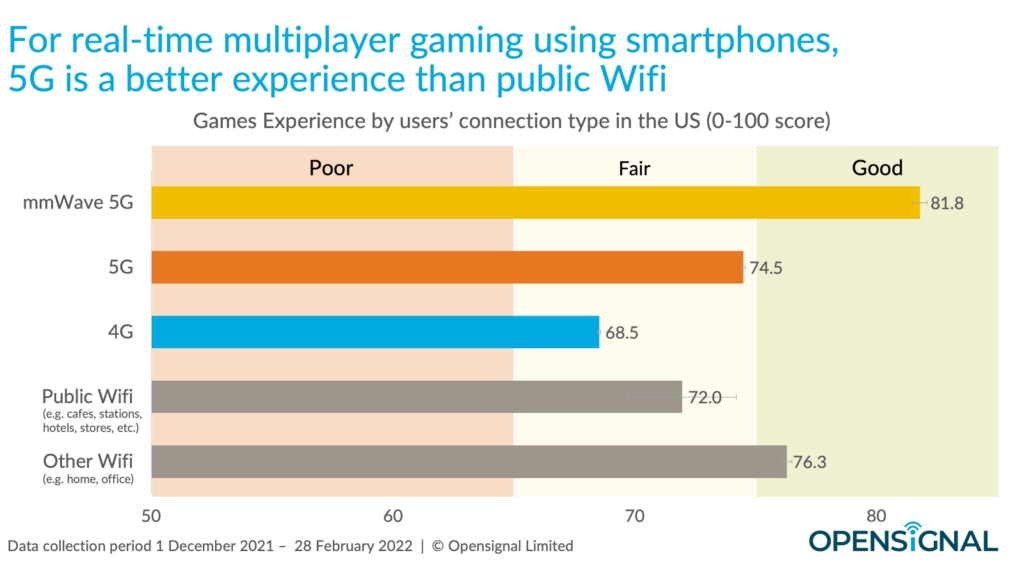Researchers in the wireless industry are eyeing the frequency range of 6.75 GHz to 16.95 GHz as a potential “sweet spot” for 6G communications.
 As the industry explores potential use cases for 5G and 6G technologies, ongoing research at NYU Wireless is shedding light on the technologies that could shape the future of 6G communications. The research institute recently shared insights from its channel-sounding research for both 5G and 6G.
As the industry explores potential use cases for 5G and 6G technologies, ongoing research at NYU Wireless is shedding light on the technologies that could shape the future of 6G communications. The research institute recently shared insights from its channel-sounding research for both 5G and 6G.
Professor Ted Rappaport, a pioneer in the field, announced on November 21, 2024, via LinkedIn: “World’s largest 6G Channel Measurement data set and radio channel propagation models now available for use in #cellphone and #basestation or #accesspoint modem design, network deployment, and standards development!”
The research is based on measurements and statistical models derived from data collected in Brooklyn, NY, near the NYU Tandon School of Engineering campus. While the raw data is exclusive to NYU Wireless Industrial Affiliates, NYU Wireless has made five research papers accessible to the public.
The titles of these papers signal a shift towards higher frequencies. Previously, researchers, including Rappaport’s team, focused on sub-terahertz frequencies. However, the industry’s attention has now turned to the “FR3” band, spanning approximately 6 GHz to 16 GHz. The upper limits of this range vary, with experts like Rappaport suggesting that signal propagation beyond 100 GHz may not differ significantly from mmWave frequencies in the 24 GHz to 59 GHz range. With limited deployment of mmWave cellular services, the industry is now aiming for FR3. While no specific frequencies in this range have been designated for cellular use yet, incumbents currently control the spectrum until sharing technologies or new allocations become available.



